Two Jewish girls from north-eastern France found themselves in great danger when Germany invaded 80 years ago.
But while their parents and younger sister were caught and murdered, they survived – with dozens of other Jewish children – thanks to the bravery of a nun in a convent near Toulouse.
Twelve-year-old Hélène Bach was playing in the garden with her younger sister, Ida, when they saw a military truck approaching and rushed inside.
The two girls and their mother had left their home in Lorraine, north-eastern France, after the German invasion in May 1940 and started traveling towards the “free zone” in the south of the country.
To reduce the risk of the whole family being caught, it had been decided that the father, Aron, and oldest daughter, Annie, would make the journey separately.
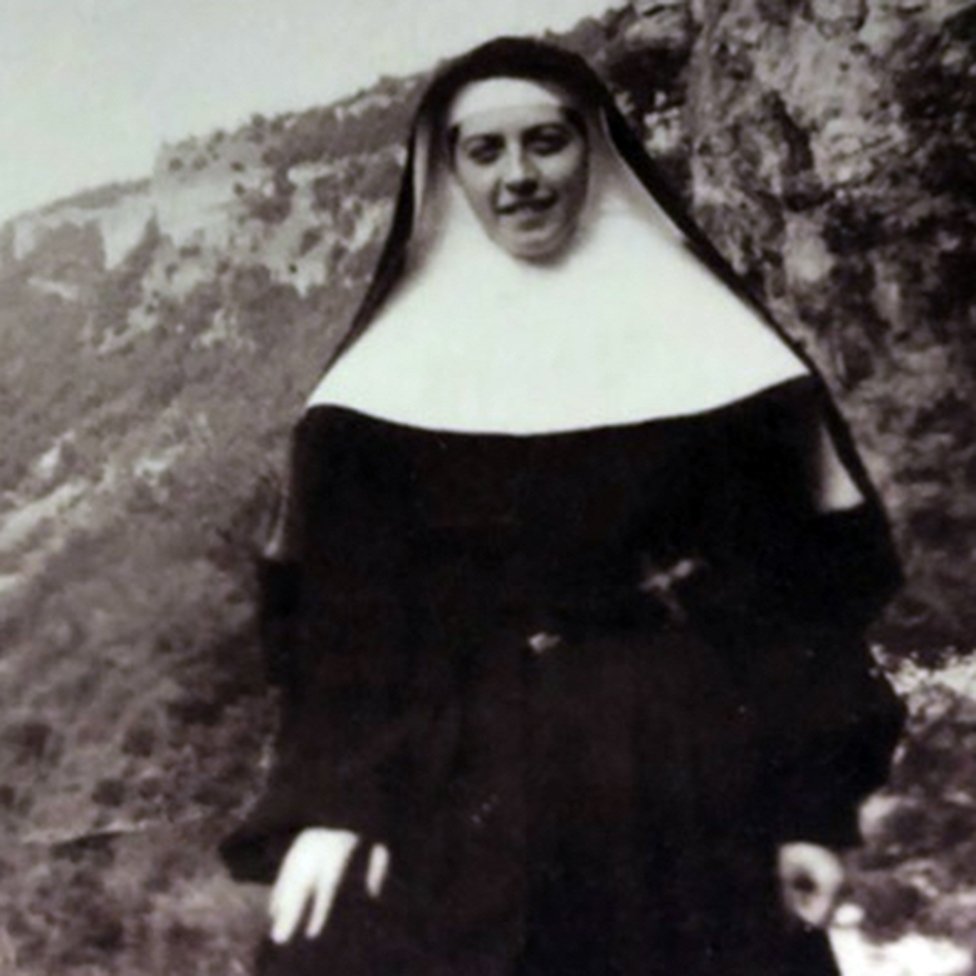
But when Aron and Annie were arrested in 1941 and taken to a detention camp near Tours, Hélène’s mother rented a house nearby.
And they were still there a year later, when the German soldiers came driving up the road.Hélène and eight-year-old Ida ran into the kitchen to warn their mother.”My mother told us to run – to hide in the woods,” Hélène says.
“I was holding my little sister by the hand but she did not want to come with me. She wanted to go back to my mother. I could hear the Germans. I let her hand go and she ran back.”
Isolated in the woods, Hélène hid until she felt the coast was clear.Then she crept back to the house and found some money her mother had left on the table.”She knew I would come back,” she says.Hélène went to stay with a friend she’d made in the area. She never saw her mother or younger sister again.
Hélène’s older sister, Annie, had her own narrow escape. After a year at the camp near Tours, she succeeded in escaping through some fencing and running away.
Aged 16, Annie succeeded this time in making the journey alone to her aunt’s home in the southern city of Toulouse, but even there she wasn’t safe.
While her aunt’s family were not officially registered as Jews and could pretend to be Catholics, this wasn’t an option open to Annie. One day in the autumn of 1942, the police rang at the door “They ordered, ‘Show your family book and all your children, we want to check!'” she says.
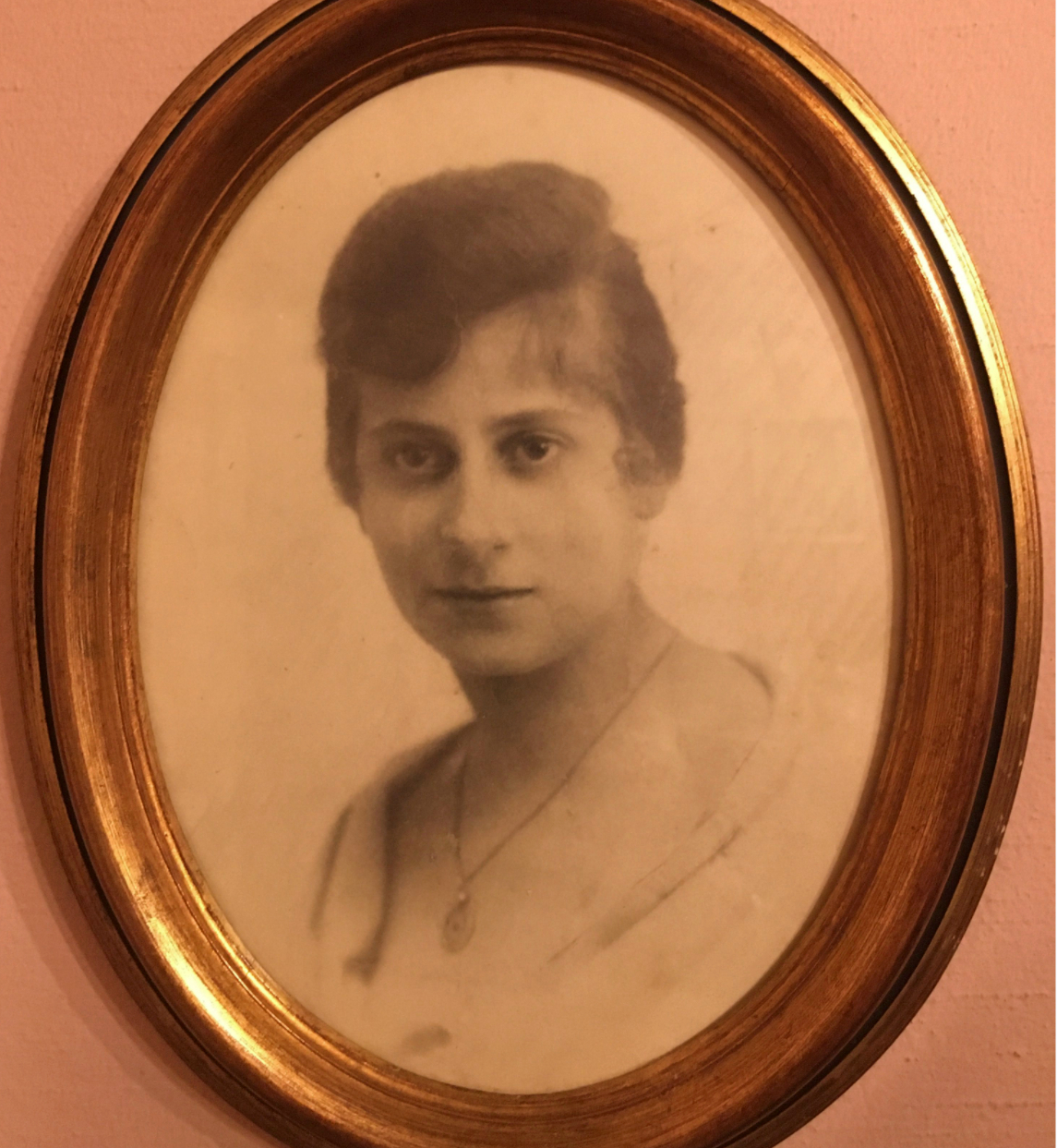
“The luck of my life is that my cousin, Ida, had gone to buy bread – that’s why sometimes I believe in miracles. So my aunt said this is Estelle, Henri, Hélène and, pointing at me, Ida.”
Not long after Annie’s arrival in Toulouse, her aunt received a letter from Hélène, from her hiding place near Tours. She then made arrangements for her to be rescued.
So one night a young woman from the French Resistance, the Maquis, knocked at the door of the house where Hélène was staying.”She said that she came to find me, to cross the demarcation line,” Hélène remembers.
To show that she could be trusted, the visitor pulled out a photograph of Hélène that her aunt had provided.It was a difficult journey. The young woman had false papers in which she and Hélène were described as students, even though Hélène was so young. They were stopped and questioned several times.
The “free zone” in the south of France did not live up to its name. The government of Marshal Philippe Pétain, based in Vichy, passed anti-Jewish laws, allowed Jews rounded up in Baden and Alsace Lorraine to be interned on its territory, and seized Jewish assets.
On 23 August 1942 the archbishop of Toulouse, Jules-Geraud Saliège, wrote a letter to his clergymen, asking them to recite a letter to their congregations.
“In our diocese, moving scenes have occurred,” it went. “Children, women, men, fathers and mothers are treated like a lowly herd. Members of a single family are separated from each other and carted away to an unknown destination.
Read Also: Billionaire Daughter Temi Otedola Makes Acting Debut
The Jews are men, the Jewesses are women. They are part of the human race; they are our brothers like so many others. A Christian cannot forget this.
“He protested to the Vichy authorities about their Jewish policy, while most of the French Catholic hierarchy remained silent. Out of 100 French bishops, he was one of only six who spoke out against the Nazi regime.
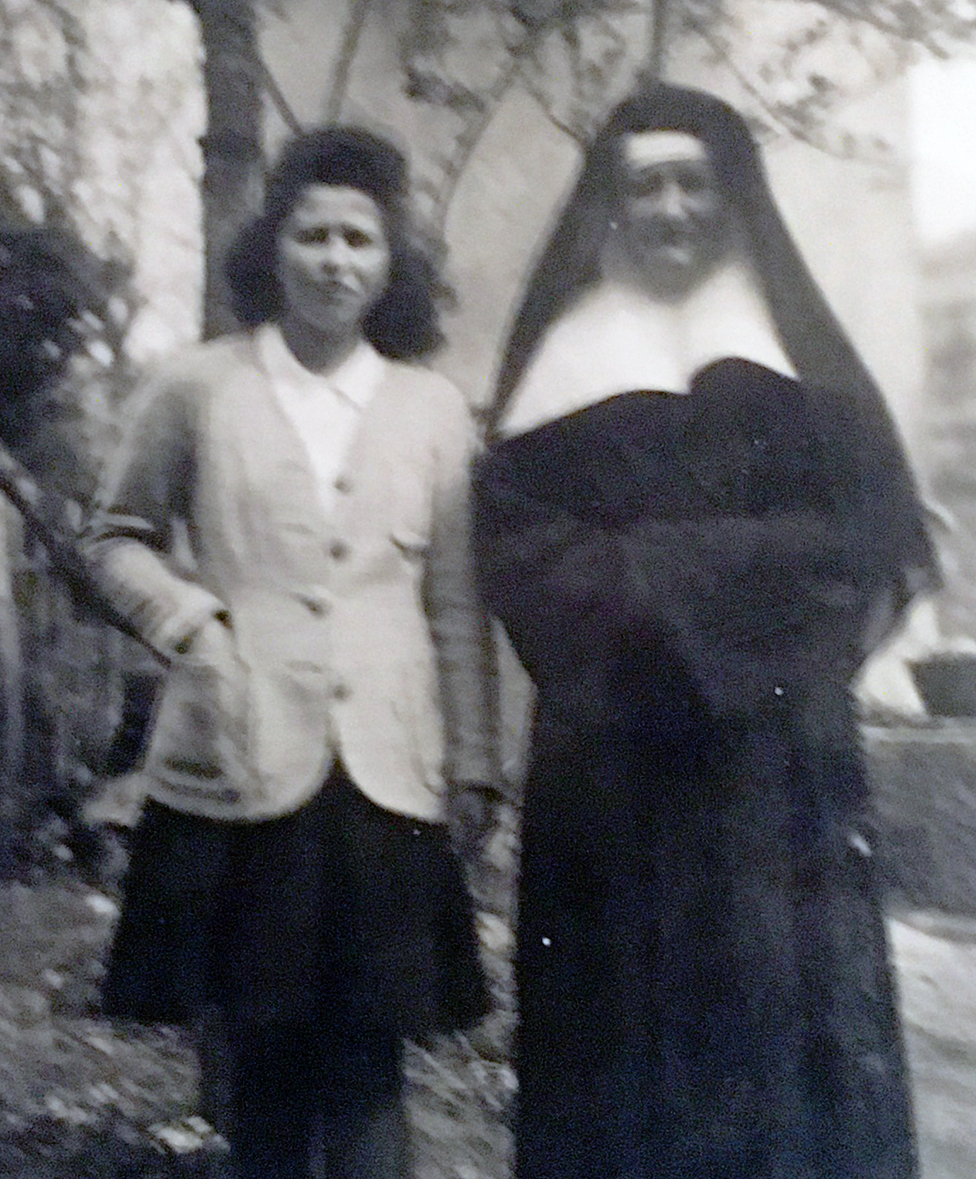
Saliège’s message struck a chord with Sister Denise Bergon, the young mother superior of the Convent of Notre Dame de Massip in Capdenac, 150km (93 miles) north-east of Toulouse.
“This call deeply moved us, and such emotion grabbed our hearts. A favourable response to this letter was a testament to the strength of our religion, above all parties, all races,” she wrote after the war in 1946.
“It was also an act of patriotism, as by defending the oppressed we were defying the persecutors.”The convent ran a boarding school and Sister Denise knew it would be possible to hide Jewish children among her Catholic pupils.
But she worried about endangering her fellow nuns, and about the dishonesty that this would entail.Her own bishop supported Pétain so she wrote to Archbishop Saliège for advice.
She records his response in her journal: “Let’s lie, let’s lie, my daughter, as long as we are saving human lives.
” By the winter of 1942, Sister Denise Bergon was collecting Jewish children who had been hiding in the wooded valleys and gorges of the region around Capdenac, known as L’Aveyron.
As round-ups of Jews intensified – carried out by German troops and, from 1943, by a fascist militia, the Milice – the number of Jewish children taking refuge in the convent would eventually swell to 83.
Among them were Annie Beck, whose aunt realized she would be safer there than in Toulouse, shortly followed by Hélène, taken directly to the convent by her guide from the Resistance.
Parents and guardians would send their children with money, jewellery or other valuables in order to pay for the children’s upkeep, before they did their best to escape from France.
Sister Denise kept careful records.”From the beginning of 1944, the round-ups of Jews were becoming tighter and numerous,” she recalled in 1946. “Requests come from all sides and we received around 15 little girls, some of whom have just escaped in a miraculous way from the pursuit of the Gestapo.
“She added: “They had simply become our children, and we had committed ourselves to suffer everything so as to return them safely to their families.
“Other than Sister Denise, only the school’s director, Marguerite Rocques, its chaplain and two other sisters knew the truth about the children’s origins.
The other 11 nuns were aware that a number of the children were refugees from Alsace-Lorraine, but did not know they were Jewish – and nor did the officials whom Sister Denise pressed for more and more ration books.
The children’s lack of familiarity with Catholic rituals threatened to expose them, but an explanation was found.
“We came from the east of France, a place with many industrial cities and a lot of workers who were communists,” says Annie. “So we posed as communist children who knew nothing of religion!”
The longer the war continued, the more dangerous the children’s position became and Sister Denise began to worry about possible searches.
“Even though all compromising papers and the jewellery from the children’s families had already been hidden in the most secret corners of the house, we did not feel safe,” she wrote in her 1946 journal.
“So, late at night, when everyone was asleep in the house, we dug a hole for the hidden things in the convent’s garden and we buried as deep as possible anything that could be compromising.”
In May 1944 a battle-hardened elite SS Division known as Das Reich arrived in the area from the Eastern front. About this time, Annie remembers that a member of the Resistance arrived with an alarming warning.
“One day the doorbell rang. Since the sister in charge of the door was a bit far, I opened it myself,” she says.”A young man was standing there. He said: ‘Quick! I must speak to your director! It is very, very urgent!'”The man told us that we had been denounced.
News had spread that the convent was hiding Jewish children.”Sister Denise hatched a plan with the Resistance, who agreed to fire warning shots if the enemy was approaching.
“The children would go to sleep, the older ones paired up with the younger ones and, at the first detonation heard in the night, in silence but in haste, they must get to the woods and leave the house to the invaders,” she wrote in 1946.
But soon she decided to hide the children without waiting for the invaders to arrive. One group, including Annie, was taken to the chapel.”The chaplain was strong and could lift the benches. He opened a trap door. We slid down in there,” she says.The tiny underground space was 2.5m long and less than 1.5m high.
Seven children huddled together there for five days. They could not stand up or lie down to sleep during the long nights, and were only allowed out for short periods in the early hours of the morning, to exercise, eat, drink and go to the toilet. Air came through a small vent that opened on to the courtyard.
“After five days there it was no longer possible to endure,” Annie says.”Imagine if the nuns had been arrested,” she adds.Those days hidden underground marked Annie for life – she has slept with a night-light ever since.
Hélène was fortunate enough to be housed instead with a local family.Though they didn’t enter the convent, the SS did leave a trail of destruction right on the convent’s doorstep.
Read Also: Belarus Protests Kolesnikova Resists Expulsion On Ukraine Border
“We found some maquisards [members of the Maquis] who had been killed and tossed on the road. The Germans set an example so that others did not resist,” Annie says.
Sister Denise wanted to pay her respects to the dead and asked Annie to help her place flowers on each of the dead bodies.In June 1944, Das Reich was ordered north to join the effort to repel the Allied landings in Normandy.
On the way it took part in two massacres designed to punish locals for Maquis activity in the area. Then, on arrival in Normandy, it was encircled by the US 2nd Armoured Division and crushed, losing 5,000 men and more than 200 tanks and other combat vehicles.
After southern France was liberated, in August 1944, the Jewish children slowly left the convent. Albert Seifer was reunited with his family, including his father, who returned alive from Auschwitz.
Annie and Hélène weren’t so fortunate.Although their aunt survived, their parents and younger sister, Ida, were murdered in Auschwitz.Annie settled in Toulouse, married, had children and recently became a great-grandmother. She still regularly meets Albert, now 90.
Hélène married and had a son, settling in Richmond, west London. Aged 94 and 90, the sisters travel between London and Toulouse to see each other as often as they can.
They refer to Sister Denise as “notre dame de la guerre” – our lady of the war. They were sad to say goodbye to her, and regularly visited her for the rest of her life.When Annie’s children were young she often took them with her, in order to keep this period of history alive for them – a constant reminder of what the Jewish people endured.
Sister Denise remained at the convent and continued working until her death in 2006 at the age of 94. Later in life she helped disadvantaged children, and then immigrants from North Africa.
In 1980, she was honoured by the Holocaust Memorial Center, Yad Vashem, as Righteous Among the Nations. A street is named after her in Capdenac, but apart from that the only memorial is in the grounds of the convent.
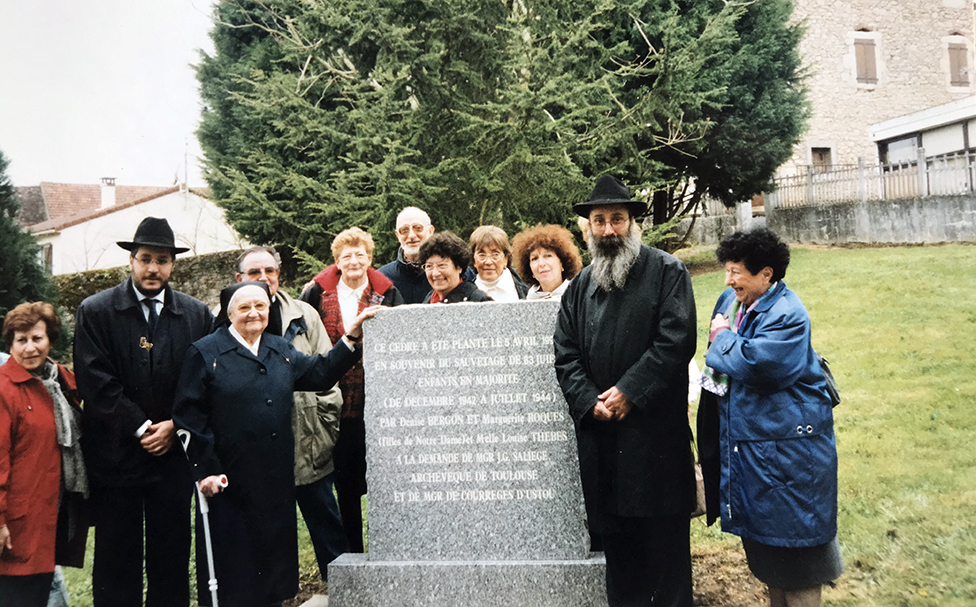
It says: “This cedar tree was planted on 5 April 1992 in memory of the saving of 83 Jewish children (from December 1942 to July 1944) by Denise Bergon… at the request of Monsignor Jules-Geraud Saliège, archbishop of Toulouse.
“It stands close to the spot where Sister Denise buried the jewellery, money and valuable items parents left behind – and which she gave back, untouched, after the war to help the families start again.
You May also be Interested in:
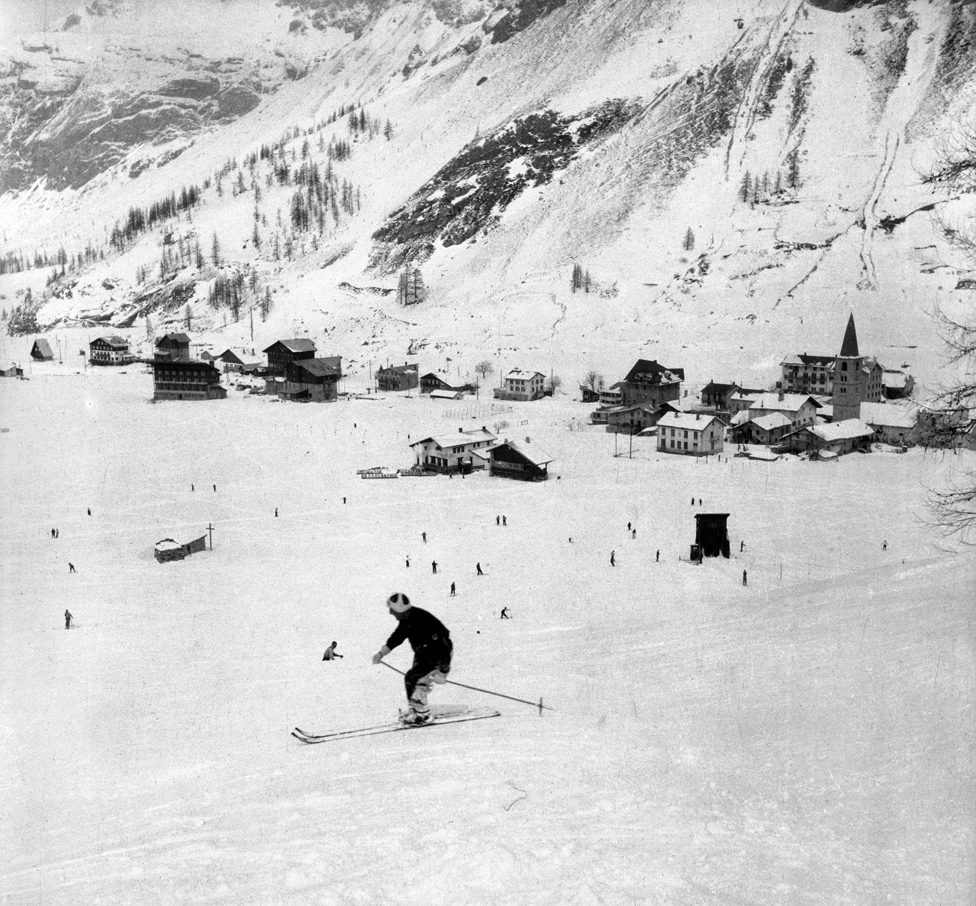
A Jewish teenager avoided death in occupied France thanks to the kindness and bravery of a doctor in a small Alpine resort.
But it’s a story local people seem reluctant to remember, Rosie Whitehouse discovers.The doctor who hid a Jewish girl – and the resort that wants to forget
